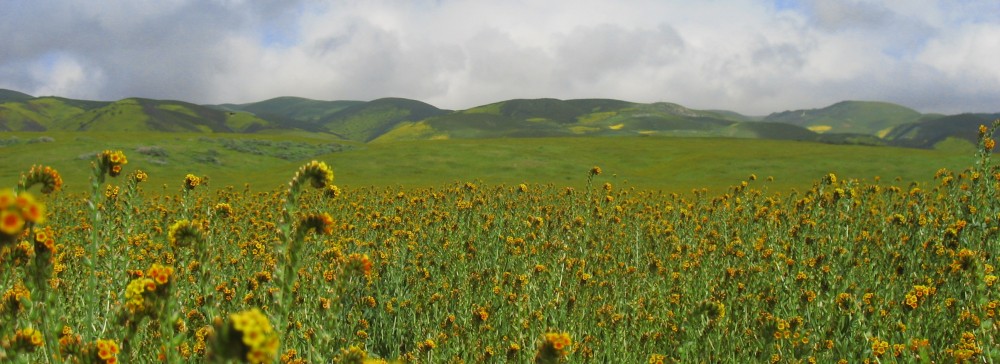Interested in learning to ID bees? Now you don’t have to wait for the annual Bee Course in Arizona (though I highly recommend it to everyone).
The Frankie lab at Berkeley is hosting a Jepson Herbarium workshop at Hastings Reserve in June! Here are the details:
California’s Native Bees: Biology, Ecology, and Identification
Gordon Frankie, Robbin Thorp, Rollin Coville, Sara Leon Guerrero, and Jaime Pawalek
Location: Hastings Reserve, Carmel Valley
Are you interested in learning more about the most important pollinators in your gardens? California’s native bees are extremely diverse (~1,600 species) and are critical for providing ecosystem services not only in wild habitats but also in agricultural and urban settings.
This course will provide basic information about native bee biology and ecology with a specific focus on identification to the generic level. Course participants will spend time collecting in the field at the UC Hastings Reserve and at a nearby diverse garden in Carmel Valley. They will also spend time in the lab viewing and keying collected specimens. Evening lectures on a variety of related topics will add to the field experiences. This workshop is an extension of the previously offered weekend bee workshop, with more focus on bee identification.
Bee collections from the Hastings Reserve date back several decades, so knowledge of important bee-flower relationships are well known for this site. Participants will learn about bees’ flower preferences, how to collect bees using several different methods, information on how to build a bee-friendly garden, bee photography techniques, and bee identification using generic keys and microscopes. Participants will also learn about Gordon Frankie, Robbin Thorp, Rollin Coville, and Barbara Ertter’s new book on urban California bees and their preferred flowers.
June 4-8 • Workshop fee ($595/$635) includes lodging and meals from Wednesday dinner through Sunday lunch. Most participants will be accommodated in dormitory-style rooms with twin or bunk-style beds. Space outside the bunkhouse is also available for camping. Showers and flush toilets are available. This workshop will conclude early Sunday afternoon.

